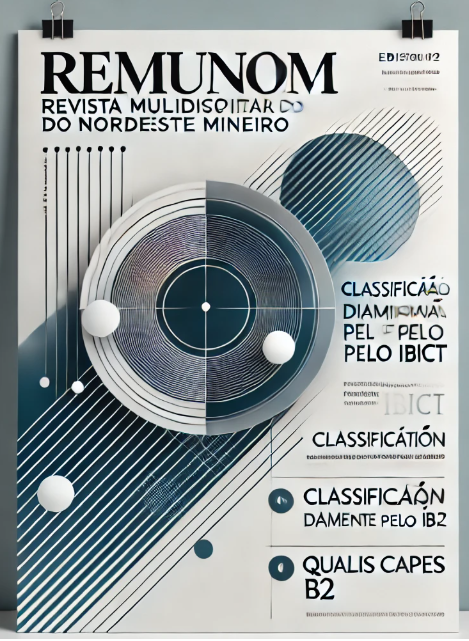DIGITAL LANGUAGE AND ITS INFLUENCE ON LEARNING TO WRITE AMONG ELEMENTARY SCHOOL STUDENTS
DOI:
https://doi.org/10.61164/rmnm.v1i3.3460Keywords:
Language, Internet, Internetês, WritingAbstract
This research is an excerpt from my doctoral thesis in Education, which focuses on the transformations that language has undergone, taking as a reference the communication used by Internet users. In this scenario, in recent decades technological development has taken on huge proportions in terms of the pairing of information, in other words, how users are receiving these changes and how they are using this digital tool. What benefits has this tool brought to elementary school students' writing and reading? Has the use of the internet and social networks as the most widely used media for communication been observed by scholars in terms of the adaptation of language itself? Since this new mode of communication offers a variety of sensory resources, as well as providing better and faster communication. Considering that this communicative modality can not only save time and space, but also give rise to a new language - called digital language - this study seeks to show the differences and approximations between traditional and digital language in terms of the media responsible for storing and conveying information. Within the educational macro theme, it can be seen that every day, more students of all levels interact in this vast virtual space, in which an infinity of dialects and pseudo-writings are created, a space that gave birth to internetese, a digital communicative language that we will study as a comparative element between traditional and digital languages, and therefore an element used by those who navigate virtual environments.
References
CRYSTAL, D. A revolução da Linguagem. Rio de Janeiro. Zahar, 2005. Disponível em: http://www.veja.abril.com.br/idade/exclusivo/perguntas respostas/linguagem.internet-celular.idioma-escrita-abreviada.jovens-adolescenteshtml. Acesso em: 17 jan. 2022.
FRUET, F. S. O. et al. Internetês: ameaça ou evolução na língua portuguesa? In: Revista da ANPOLL. n. 1, São Paulo, Anpoll 26, 2008. p. 1-286. DOI: https://doi.org/10.18309/anp.v1i26.131
MARCONATO, S. Internetês, 2012. Disponível em: http://www.Wikipédia.com. br. Acesso em: 16 fev. 2022.
MARCUSCHI, L. A. Da fala para a escrita: atividades de retextualização. 2. ed. São Paulo: Cortez, 2007.
MORAN, J. M. A educação que desejamos: novos desafios e como chegar lá. Campinas: Papirus, 2007.
PAPERT, S. A máquina das crianças: repensando a escola na era da informática. Porto Alegre: Artes Médicas, 1994.
PORDEUS, M. P.; MAGALHÃES JÚNIOR, A. G.; PORDEUS, C. L. V.; PAULINO, F. W. de V. Remote teaching and Digital Information and Communication Technologies (TDIC) in the State of Ceará: some notes in the Covid-19 pandemic scenario. Research, Society and Development, [S. l.], v. 11, n. 4, p. e32511427531, 2022. Disponível em: https://rsdjournal.org/index.php/rsd/article/view/27531. Acesso em: 17 jan. 2022. DOI: https://doi.org/10.33448/rsd-v11i4.27531
SALGADO, M. U. C.; AMARAL, A. L. Tecnologia na educação: Ensinando e aprendendo com TIC, Criação e editoração eletrônica, 2008.
SILVA, O. S. F. Tessituras (Hiper) textuais: leitura e escrita nos cenários digitais. Salvador: Quarteto, 2008.
TEDESCO, J. C. Educação e novas tecnologias: esperança ou incerteza? Tradução de Claudia Berliner, Silvana Cobucci Leite – São Paulo: Cortez, 2004. Buenos Aires: Instituto Internacional de Planeamiento de la Educacion: Brasília: UNESCO.
Downloads
Published
Issue
Section
License
Copyright (c) 2025 Revista Multidisciplinar do Nordeste Mineiro

This work is licensed under a Creative Commons Attribution-NonCommercial-ShareAlike 4.0 International License.






